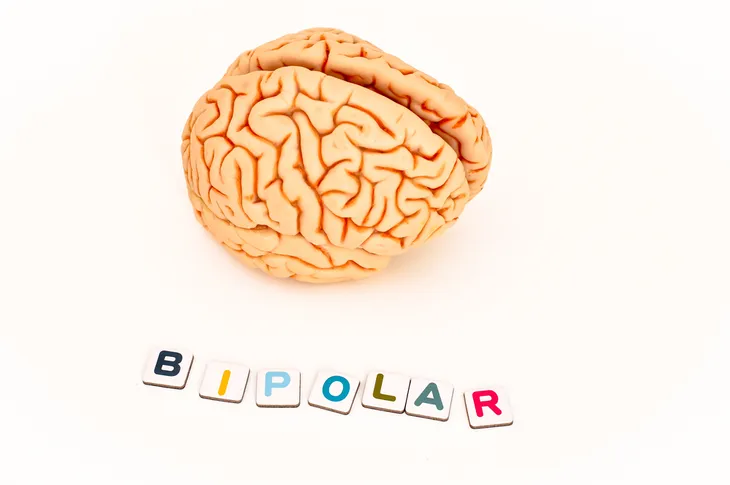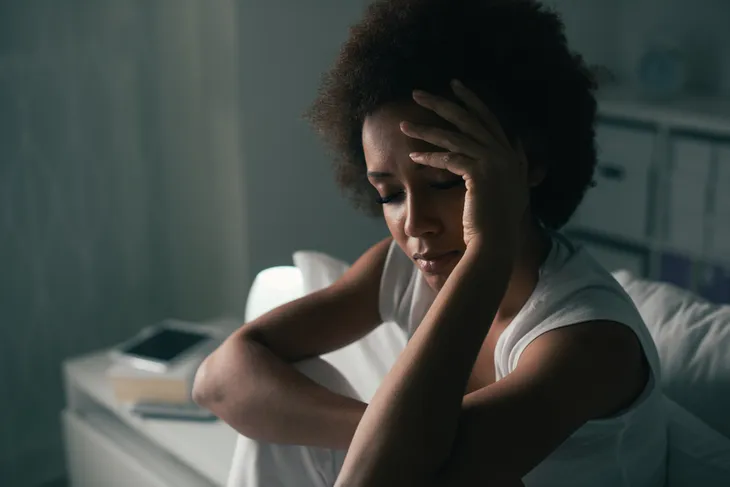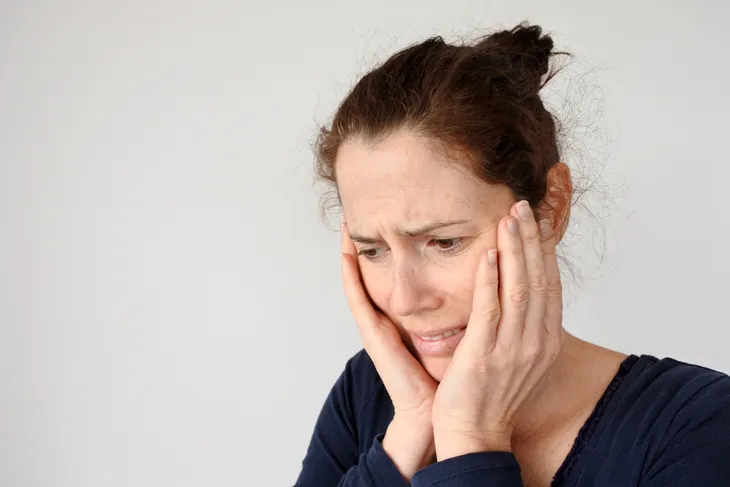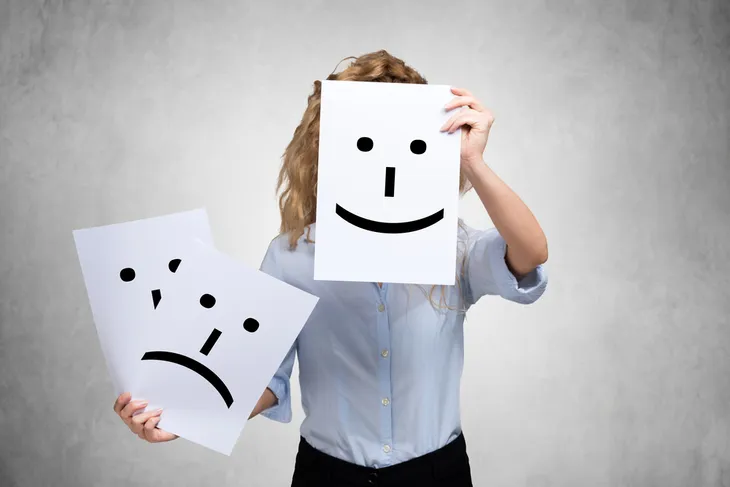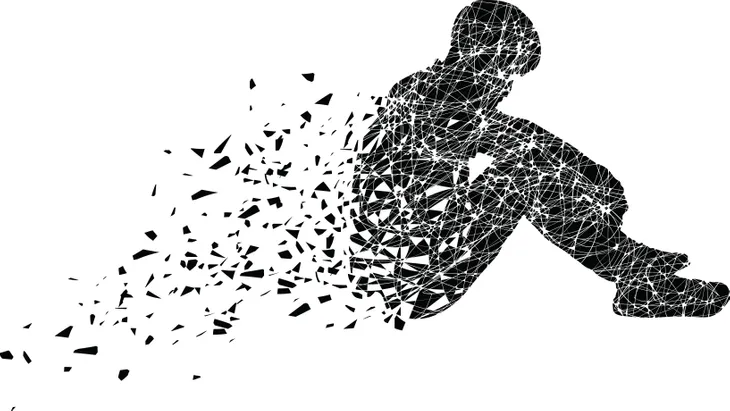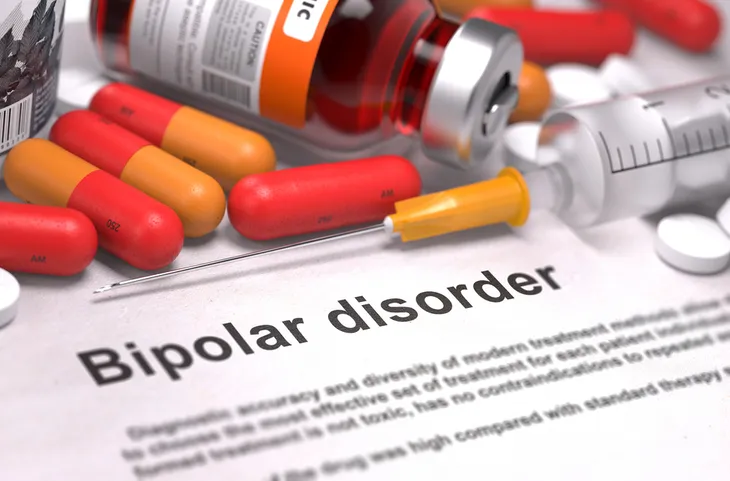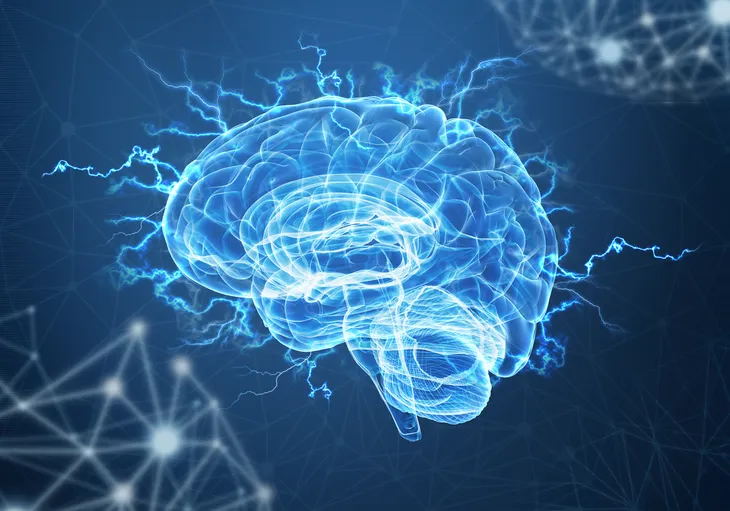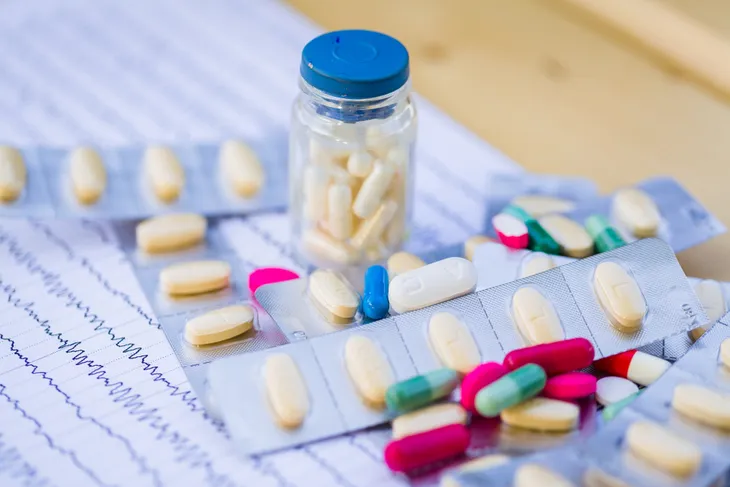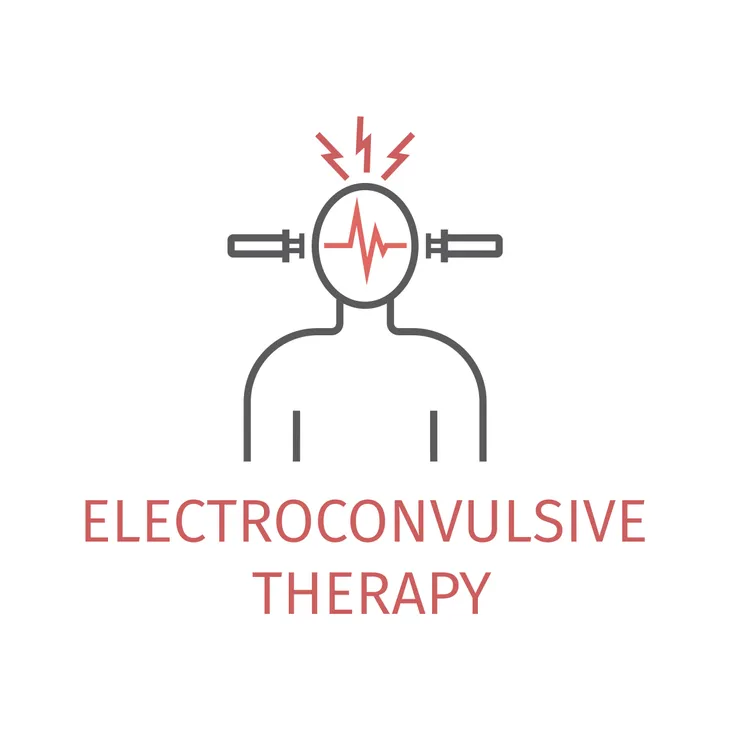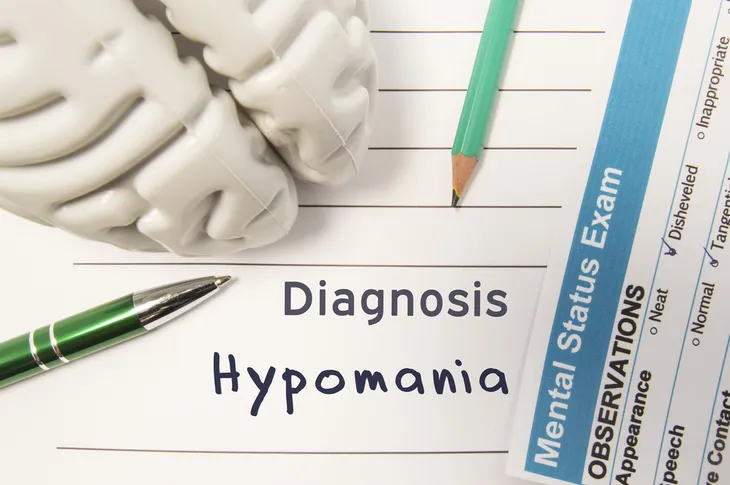When it comes to bipolar disorders, there’s more than one side of the coin. The medical community has broken down the disorder into a number of types, although for the purposes of this article, we’ll take a closer look at Bipolar I and Bipolar II.
It’s important to get a correct diagnosis, so the condition can be better treated, and the family knows what to expect in terms of behaviors. Let’s examine 12 key differences and similarities between the two types…
Defining Bipolar I
WebMD explains this is the classic form of the mental disorder that was once referred to as manic depression. A person with Bipolar I has had at least one manic episode in their life, which is a “period of abnormally elevated mood and high energy, accompanied by abnormal behavior that disrupts life,” says the source.
Most with this form of bipolar will see deep valleys as well as high peaks, as they most often suffer from episodes of depression as well, it adds. The term “manic depression” was formerly used because there’s a tendency for patients to alternate between the two modes, it says.
Defining Bipolar II
According to WebMD, Bipolar II is similar to Bipolar I, “with moods cycling between high and low over time.” However, the key difference is that the “mania” cycles don’t reach the same levels as they would with a Bipolar I patient, explains the source.
Bipolar II patients experience what’s known as “hypomania,” which is a less intense “up” mood than being full-blown manic. Someone with Bipolar II will have had at least one hypomanic episode in his or her life, as well as at least one major depressive episode, and those with this type of the disorder tend to suffer more episodes of depression (than hypomania), it adds.
Symptoms of Type I
Those experiencing Bipolar I disorder will usually have two distinct modes – depressive and manic. Symptoms of a depressive episode include insomnia, unexplained crying, severe fatigue, loss of interest in hobbies or people, and recurring thoughts of death, says VeryWell Mind.
On the flipside, a manic episode carries symptoms including feelings of euphoria, less need for sleep, increased sexual desire, more energy, and even hallucinations or delusions, adds the source.
Symptoms of Type II
WebMD says the hypomania of Type II can manifest as “feeling high” or as irritability. Other symptoms of a hypomanic episode include moving from 1-idea to the next quickly, having “exaggerated self confidence,” rapid and loud talking, and increased energy. “People experiencing hypomanic episodes are often quite pleasant to be around. They can often seem like the ‘life of the party’,” it adds.
Sometimes hypomanic episodes can lead to “erratic and unhealthy behavior” that affects a patient’s ability to function normally, it adds. However, more often than not, a person with Type II Bipolar will experience more time being depressed than up, notes the source.
Heightened Mania
In Type I, the patient will experience episodes of heightened mania, unlike Type II. VeryWell Mind explains that manic episodes last at least 7-days, and the patient may feel euphoric and have increased energy.
However, those with mania can also engage in more reckless behaviors, such as risky sex or spending large amounts of money, it adds. “It’s important to note that experiencing mania does not automatically mean a person will become violent or dangerous,” it notes.
Depression Follows Being ‘Up’
In both types of Bipolar, depressive episodes usually follow bouts of mania or hypomania, notes WebMD. While mania can last for anywhere from a few days to months, depression “may follow shortly after,” or not come on for weeks or months.
This is the same case for Type II – depression can set in soon after an episode of hypomania – which can also last days to months – or it may take a while for the depression to arrive, adds the source.
Same Risk For Both Types
WebMD says “virtually anyone” can develop Type I or II bipolar disorder, and that about 2.5-percent (or 6-million people) suffers from a form of bipolar disorder.
Most patients with either type develop the disorder in their teenage years or early 20s, adds the source. Nearly everyone with types I or II will have symptoms before age 50, it adds. Family history (genetics) plays a role in both types.
Causes of Bipolar Disorder
Healthline explains scientists don’t know exactly what causes bipolar disorder, but notes, “Abnormal physical characteristics of the brain or an imbalance in certain brain chemicals may be among the main causes.”
There appears to be a strong genetic link with the disorder running among family members, it adds. If you have a close family member like a parent or sibling with the disorder, your risk is higher, it says. “The search continues for the genes responsible for bipolar disorder,” it explains. Other factors that may play a role include severe stress, drug abuse, or emotional trauma.
Treating Bipolar Disorders
The treatments for both Type I and Type II are similar, with medications being the first line of defense. Doctors may prescribe mood stabilizers such as lithium, or antiseizure drugs such as Valproate “to level out mood,” adds WebMD.
You may also be prescribed antipsychotics (Cariprazine is an approved antipsychotic drug to treat manic or “mixed” episodes) or benzodiazepines (Xanax, Ativan, and others) for their tranquilizing effects.
Shock Therapy?
The medical team may also turn to electroconvulsive therapy (ECT) to treat Bipolar I – once known as “shock” therapy, but the modern version is safe and effective, says WebMD. This can help treat manic or depressive episodes when medications aren’t working, it adds.
ECT involves artificially inducing a seizure, but it’s painless and done under general anesthesia, says WebMD. “ECT works quickly, which is why it’s often the treatment of choice for people with highly severe, psychotic, or suicidal depression,” it notes. Doctors aren’t exactly sure how the therapy works, it adds.
Preventing Bipolar Disorder
In the case of Bipolar I or II, the causes aren’t fully understood, so how to avoid it is also not fully understood, says WebMD. However, it says the risk of episodes can be reduced once bipolar disorder has been diagnosed.
The approaches to preventing further episodes can include therapy sessions with a psychologist or social worker to help “identify factors that can destabilize mood,” such as poor medication management, sleep deprivation, and poor stress coping mechanisms, it adds.
Both Can Be Disabling
VeryWell Mind explains that Bipolar II is as disabling, if not more, than Bipolar I disorder, “because it can lead to more lifetime days spent depressed and not doing as well overall between episodes.”
That goes slightly against the belief that Bipolar II is “milder” and not as serious as Bipolar I. “Certainly, people with bipolar I can have more serious symptoms during mania, but hypomania is still a serious condition that can have life-changing consequences and so should be properly addressed,” it adds. In both types, periods of “normal” behavior can occur at varying lengths between episodes, depending on the patient.

